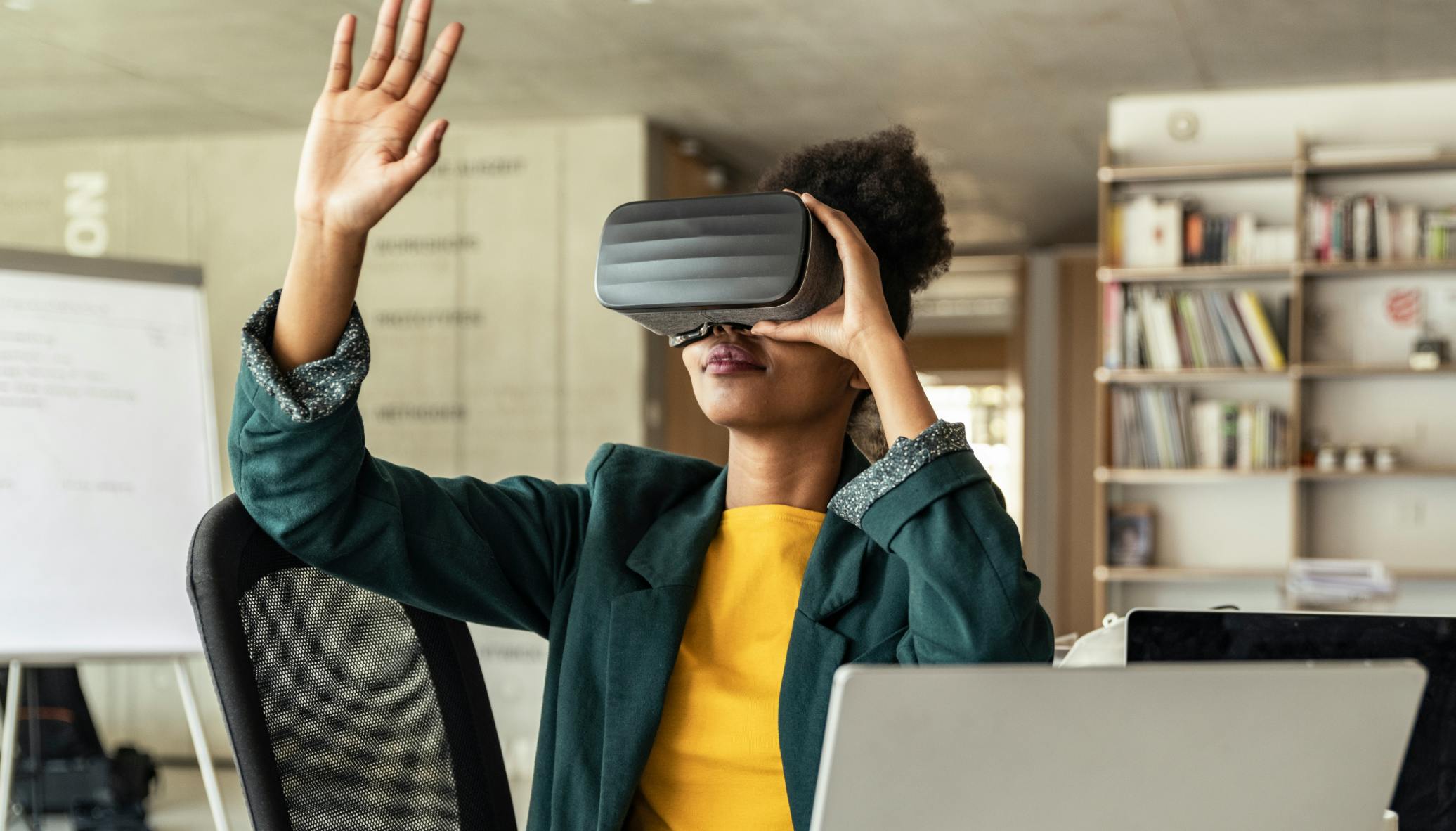
You may think virtual reality is just for video games, but mental health providers are connecting with patients in the virtual world and the therapy is going great. Unlike the thousands of dollars needed for VR equipment in the past, patients and providers are connecting virtually with equipment that costs as little as $10. Virtual reality (VR) is making therapy sessions easier and more effective for everyone involved.
Teamwork and trust between therapist and patient are the best predictors of successful treatment. Current versions of telehealth are proven and effective tools for mental health providers, but some communication nuances are lost—it can be hard to build rapport through a webcam or mobile device.
Both sides have better results
New research suggests that virtual reality can enhance both sides of the telehealth experience and strengthen therapist/patient relationships. Patients who received cognitive behavioral therapy (CBT) using VR images (known as “avatars”) reported that:
- They felt less judged by their physical appearance
- They could be honest and private with their therapist
- The interaction felt more casual than an in-person visit
One patient said, “It was easier to express my feelings because the therapist was just a cute cube, she had no human face and therefore she could not judge me.”
Realistic VR experiences
Realistic avatars in VR (which can look very similar to the participant’s real world appearance) can create stronger physical and emotional closeness as well as greater confidence in the therapist. These are key factors that enhance the connection of the patient and provider.
Realistic VR creates three essential aspects of virtual patient/provider interaction:
- Presence: The perception that the virtual environment is real
- Embodiment: The perception that a virtual body is one’s own real body
- Telepresence: The perception that they are inhabiting another place with virtual people
One therapist said, “I felt that [the patient] was quite tense, and for sure she was skeptical about the VR use. She was very introverted, but during the games something magical happened. She started to enjoy the VR and engage with the activities. She was interacting with me and at the same time, she was revealing her worrisome thoughts.”
Realistic VR has also been promoted over non-VR alternatives for benefits such as:
- More comfortable treatment
- Higher engagement
- Greater satisfaction
- More consistent practice
- Better skill transfer
Easy flow of natural conversation
Another notable feature is the easy flow of nonverbal communication that improves therapeutic contact. VR gear can portray a whole-body experience, including gestures, the participant’s posture, and other cues that are important for natural interaction. Webcams usually only show people from the shoulders up.
Virtual reality telehealth is a new combination of technologies, and of course more research is needed to understand how they can work together. Research shows many benefits for both the patient and the provider. Someday soon, your therapy session may be you talking to a virtual avatar, in a virtual office setting, from the comfort of your home.